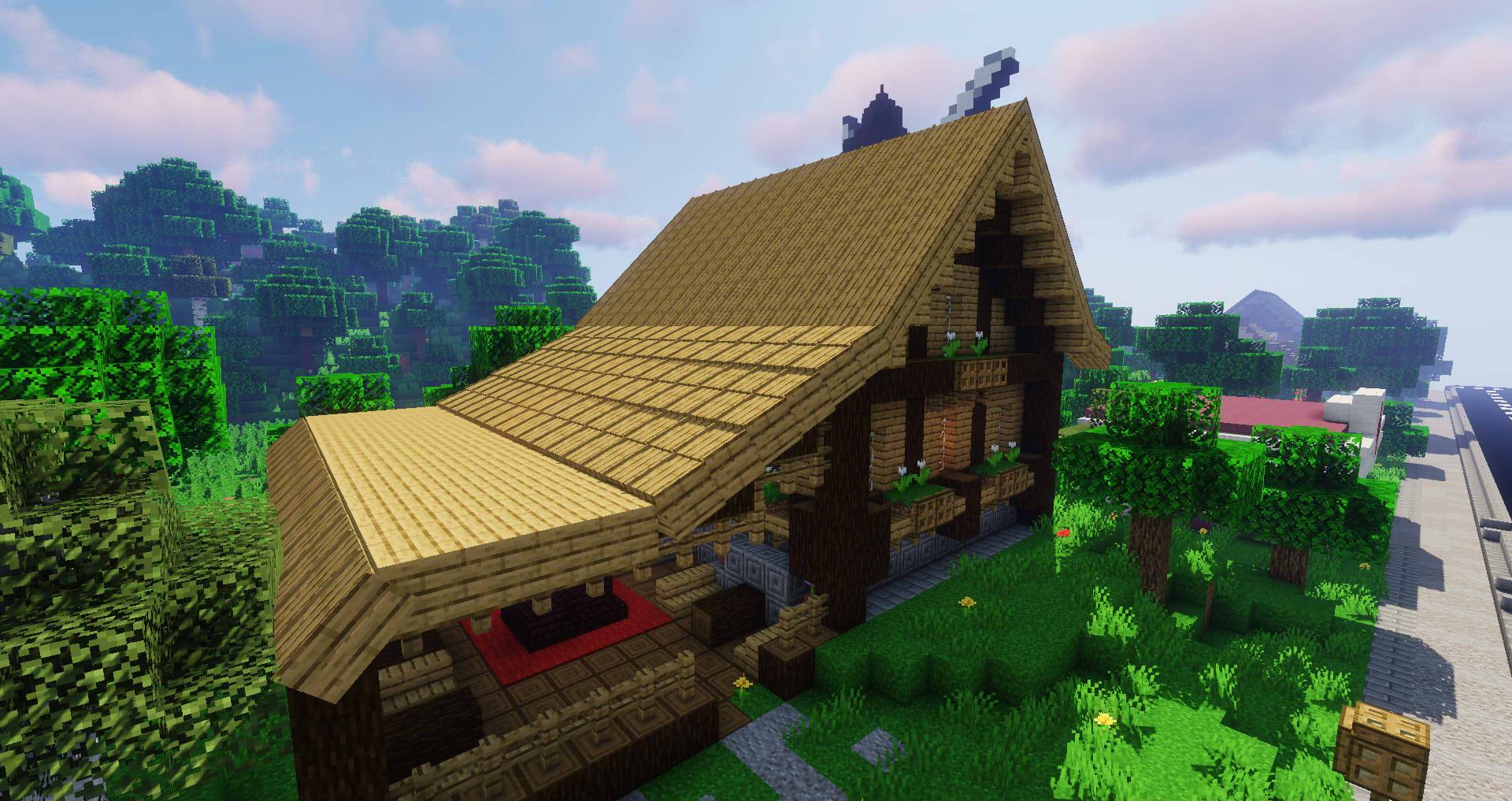

(Which you can also do deliberately if you want to weaponise it in hitting something nasty below, but beware of the risks to the builder, and also any further tunnels/voids/unbuilt-areas immediately below the floor/ceiling tile being landed upon.)ĪSCII diagrams available upon request. Otherwise you risk building a wall that immediately becomes a cave-in hazard. If you use a bridge (to save on material, and maybe time if you aren't overloading your architect(s), or just to train your architect(s) up for fun/profit) then you need to set to build walls that will hang off the side of non-bridge places (initially the gap-adjacent wall-tops, usually, or the walls you already built there if you put a bridge across a wider gap after the fact) and then only as each hanging wall is completed should you command the next wall that hangs off of the hanging wall. Can we build a house with roofs like those on your homes We get this question all the time, and the answer is: Yes, you can build low-sloped roofs and flat. A line of floors can have an equivalent line of walls designated against them and they will hold in position until the point the walls are all built and you can (in a 'retreating' manner) unbuild the scaffolding floors you don't wish to keep. If building off the side of a bridge, though, realise that a bridge does not support a construction. I usually deliberately choose a differently-coloured stone for such 'scaffolding' so that I can see what I intend to remove. Hiring a contractor will undoubtedly increase the cost of your roof. A DIY pergola roof kit is a bit more expensive, falling in the range of 1,500 to 3,000. With a two-wide gap, that means that each end-wall must remain unbuilt-upon (plus accessible to any suitable dwarf and material) while each of the two gaps are covered, then as each gap-coverer is completed you can (usually, give or take other access issues you might give yourself) build the ealls atop the wall-ends below.Ī three-wide gap (or wider), as may be found in an intentionally Wagon-accessible doorway, requires careful building and (if you didn't want it to remain, afterwards) unbuilding of floor or bridge to allow access to build the tricky middle walls from. Building a basic roof on your own will likely cost 1,000 to 2,000. It's just a matter of knowing how your construction jobs get 'serviced' and either planning ahead (if you can) or putting in temporary remedial works to deal with the newly-desired extended building plan (if you are adding to a structure and don't want to unbuild/new-build/rebuild things). As you can see.īut to build a wall across a gap in a wall-top where a drawbridge (or door, or just a doorway) exists below, without any intention of flooring,/bridging over the 'ceiling' either/both side of thr gap, just ensure that you ask the wall to be built over the gap ( and let it happen) before you ask for a wall to be built upon whichever adjacent wall-top(s) you might get that wall built from. In relatively dry climates, a wood shingle or shake roof can last 60 years in damp conditions, you might only get 20 to 30 years from the roof.I have loads of info ready to spout forth regarding higher- level construction. Longevity depends on circumstances and maintenance. Shakes are produced by splitting wood, and they are thicker wedges with a rougher texture. Shingles are typically thin, wedge-shaped slabs of wood that are produced by precise sawing.

Still, they are among the most attractive roofing materials, which makes them a popular choice for luxury homes.Īlthough both are made from natural wood, usually cedar (typically found on Cape Cod-style homes) or redwood, there is a difference between wood shakes and shingles.


They are not as long-lived as some other roofing materials, and they are a poor choice in areas that get lots of moisture or where wildfires are a danger. Wood roofs are very attractive, but they are also quite expensive and have limitations. Average cost of wood shingles/shakes: $4.50 to $9 per square foot (shingles) $6.50 to $14 per square foot (shakes).The Spruce Home Improvement Review Board.


 0 kommentar(er)
0 kommentar(er)
